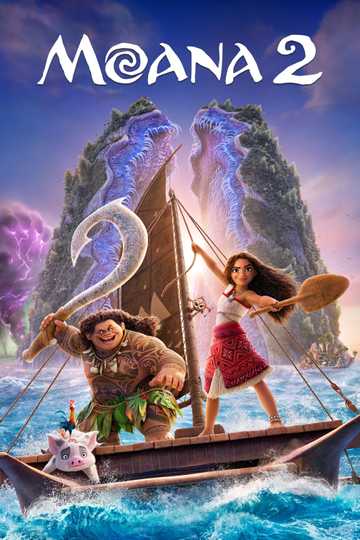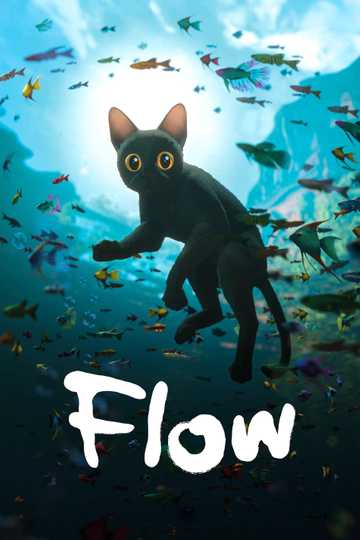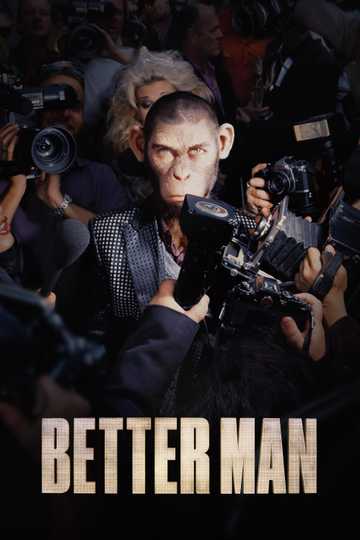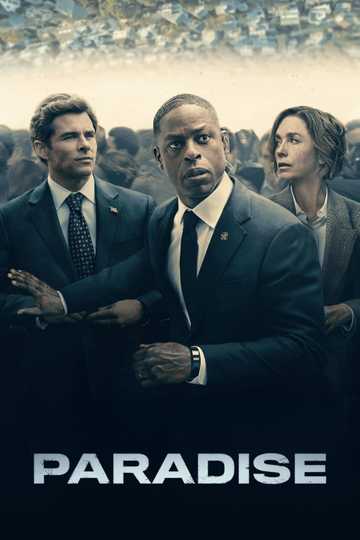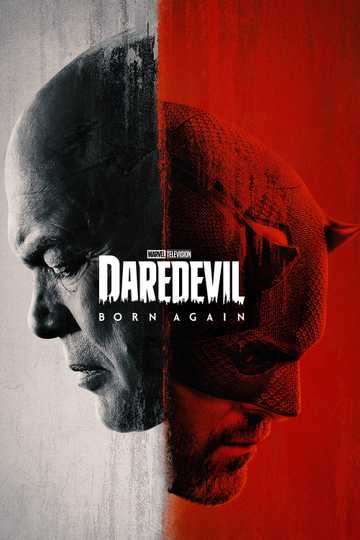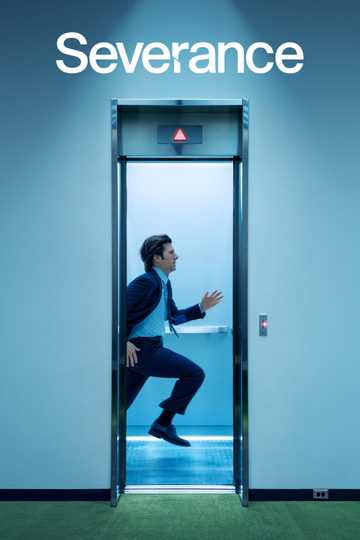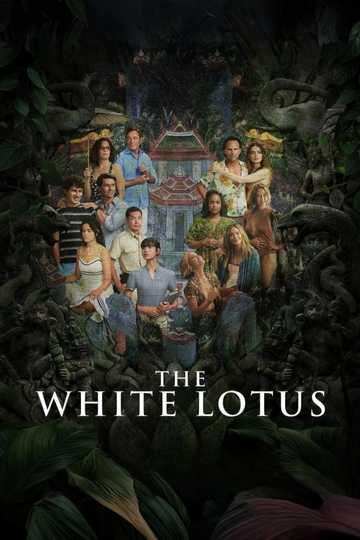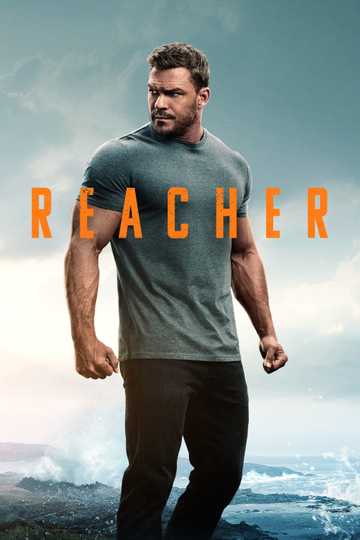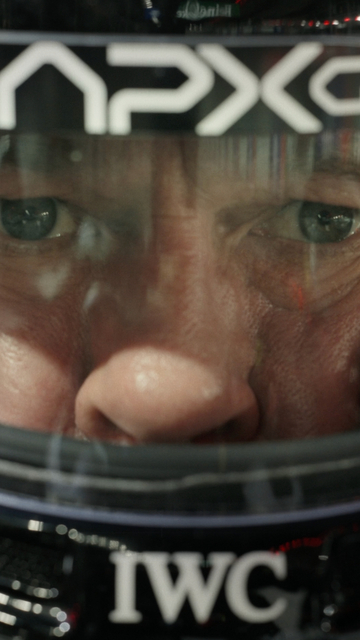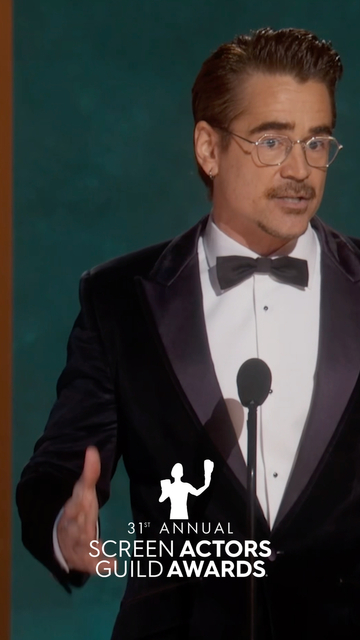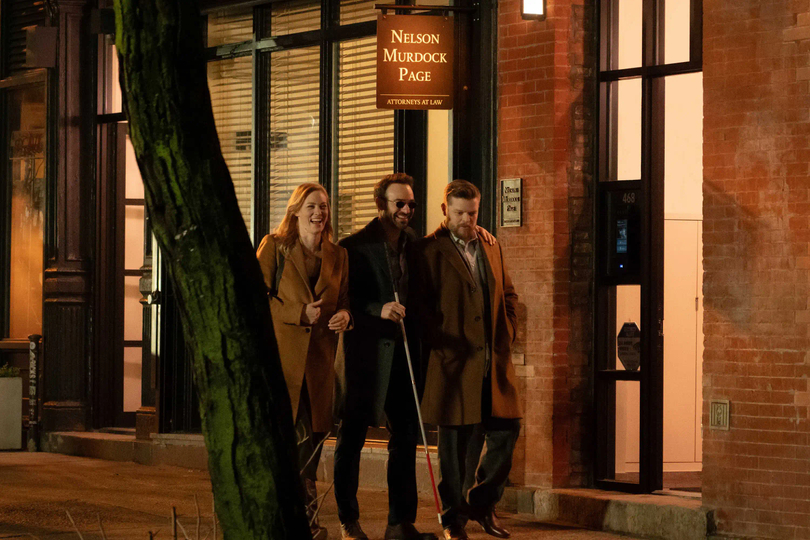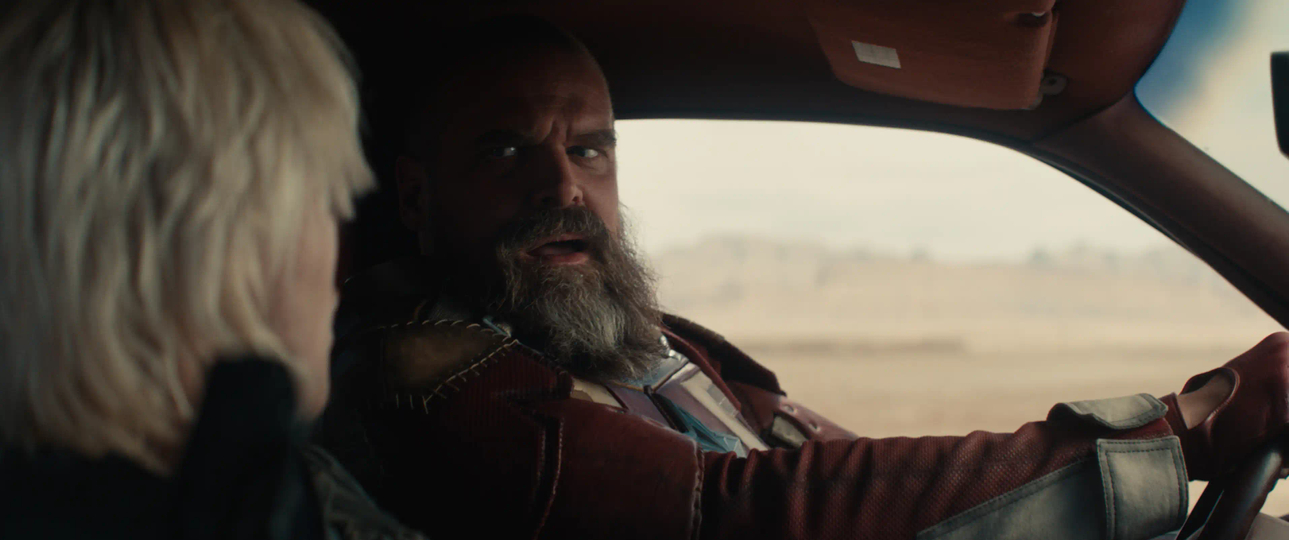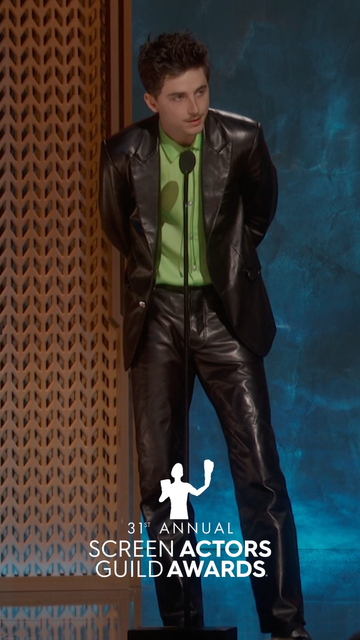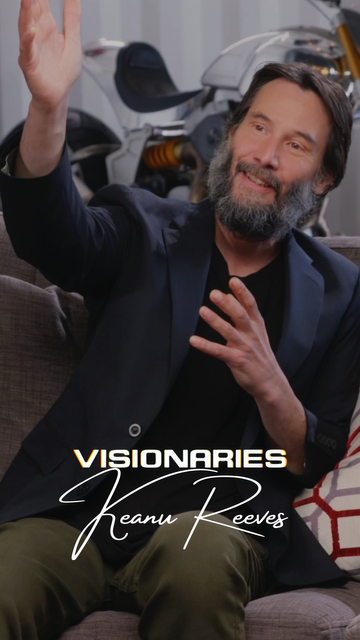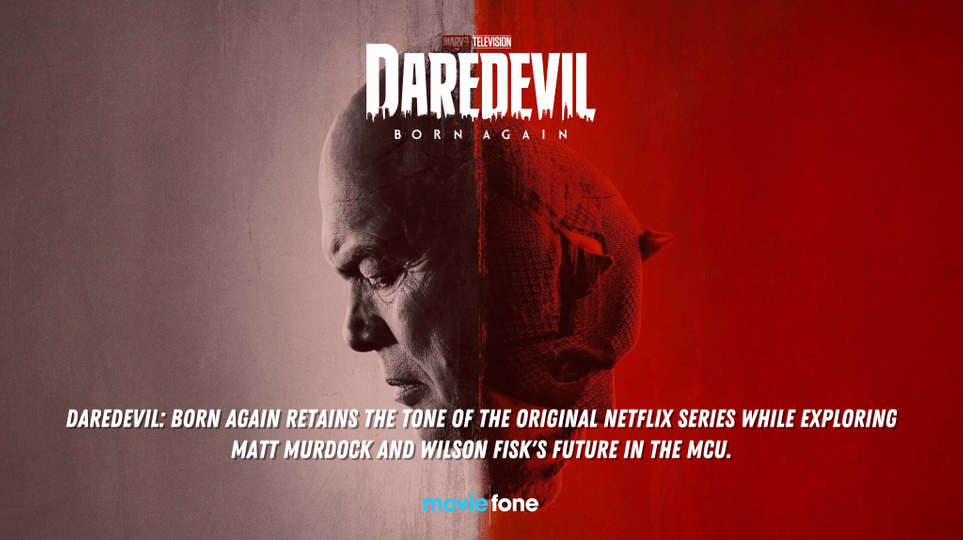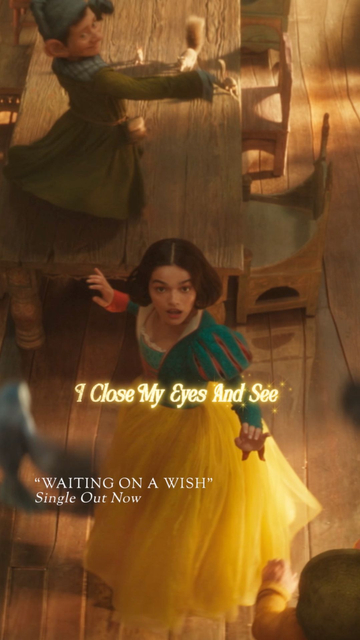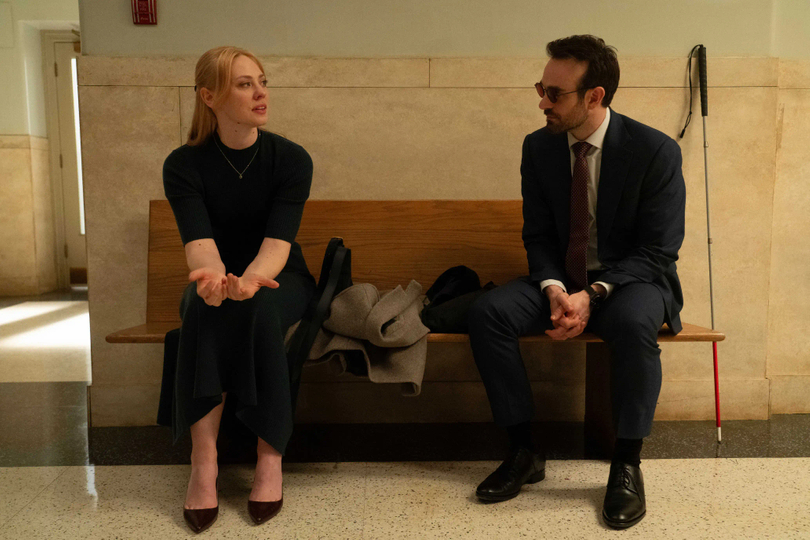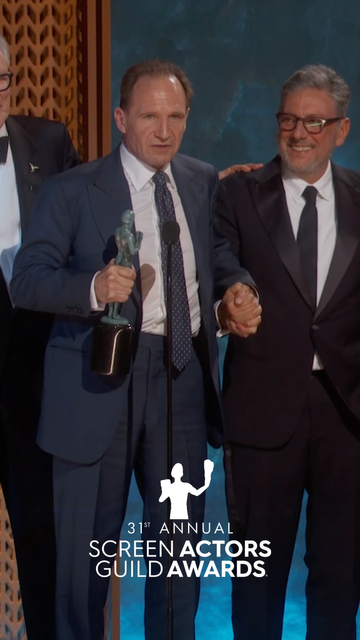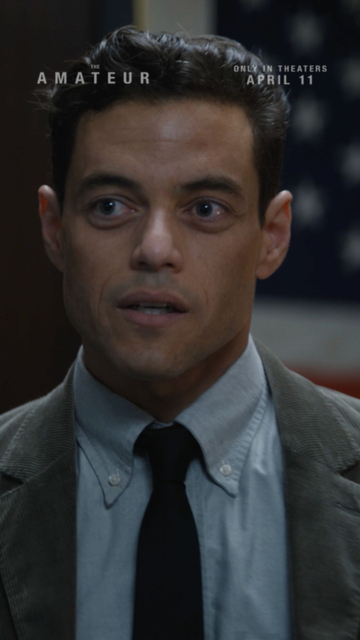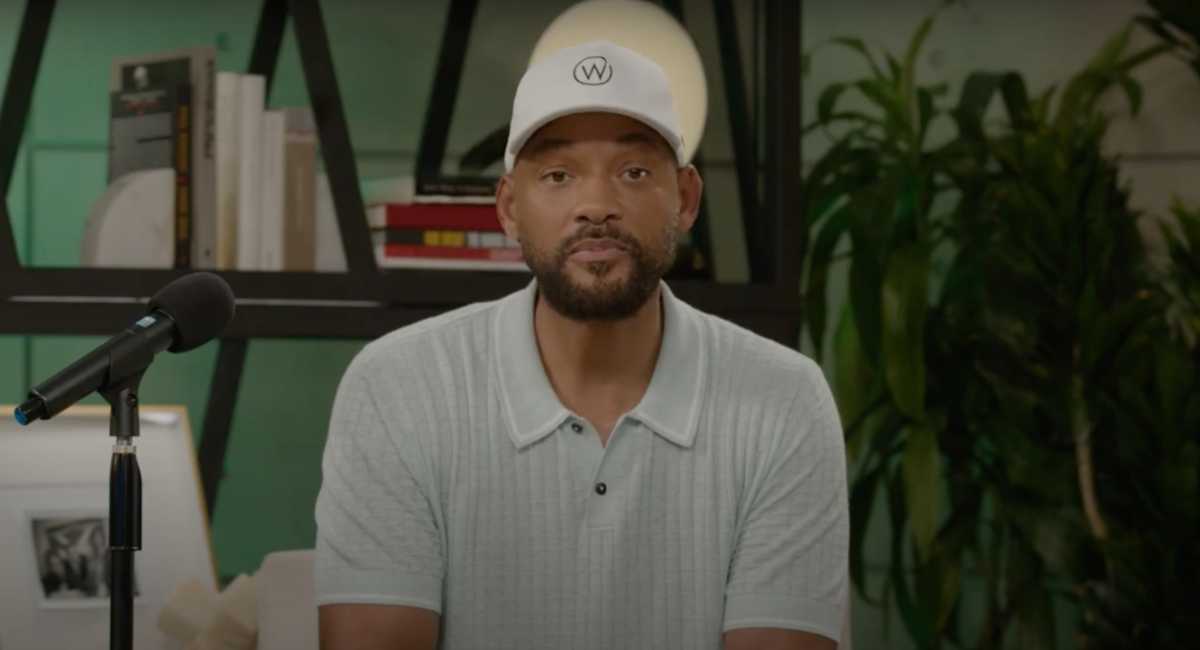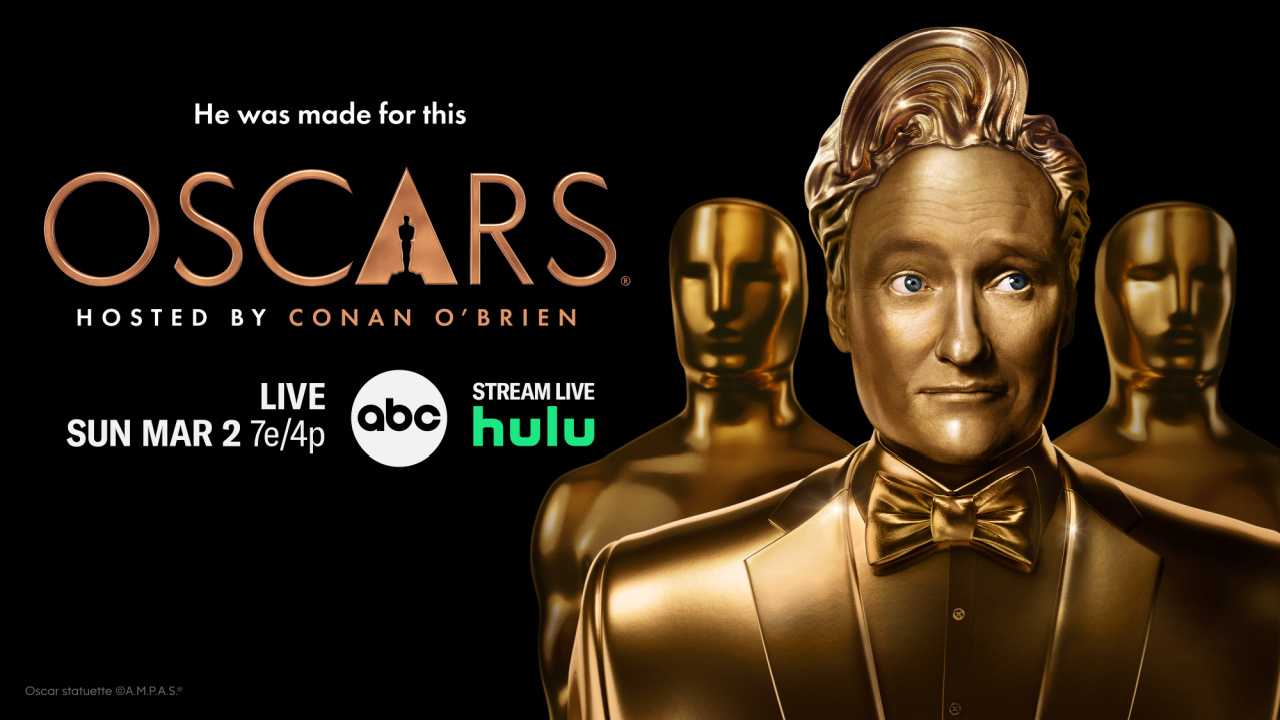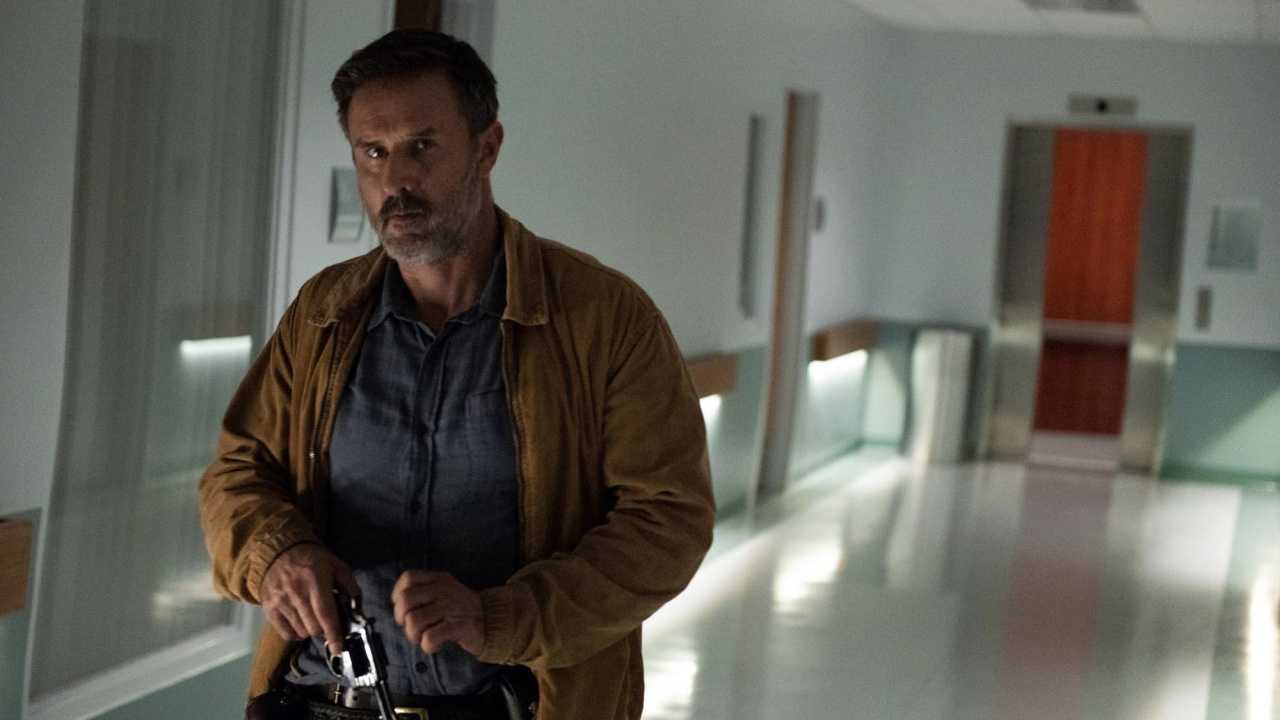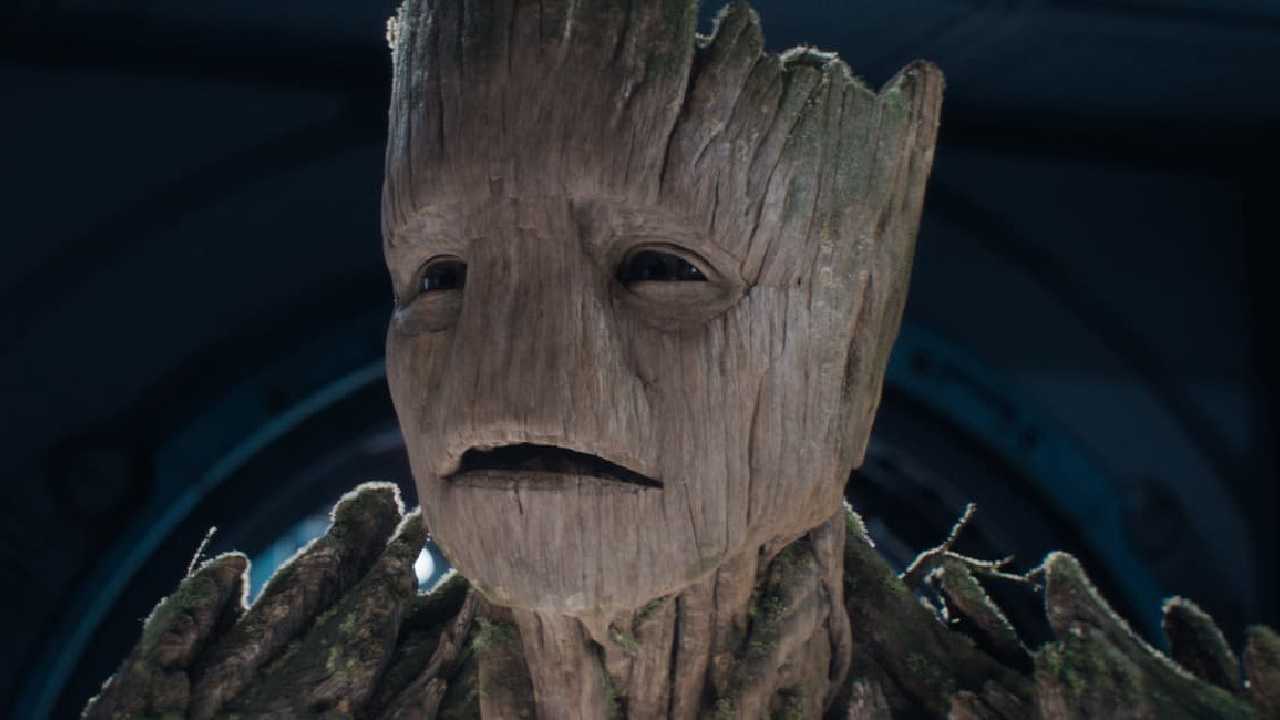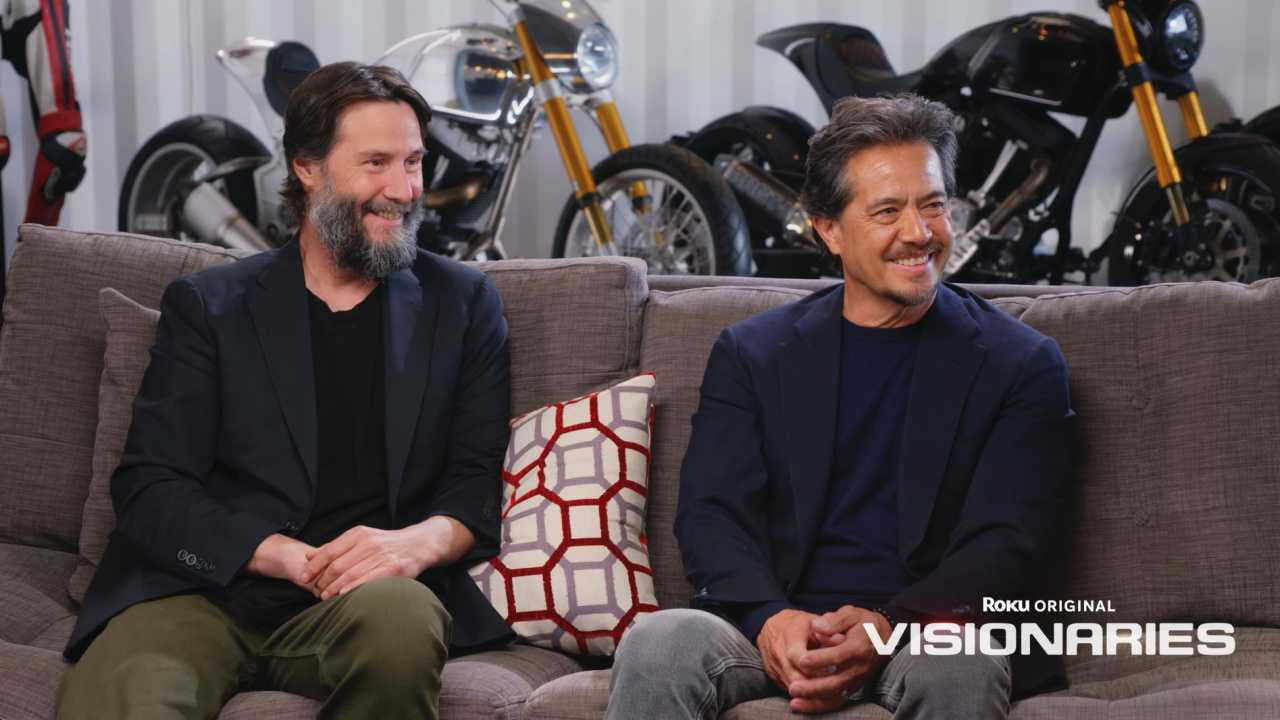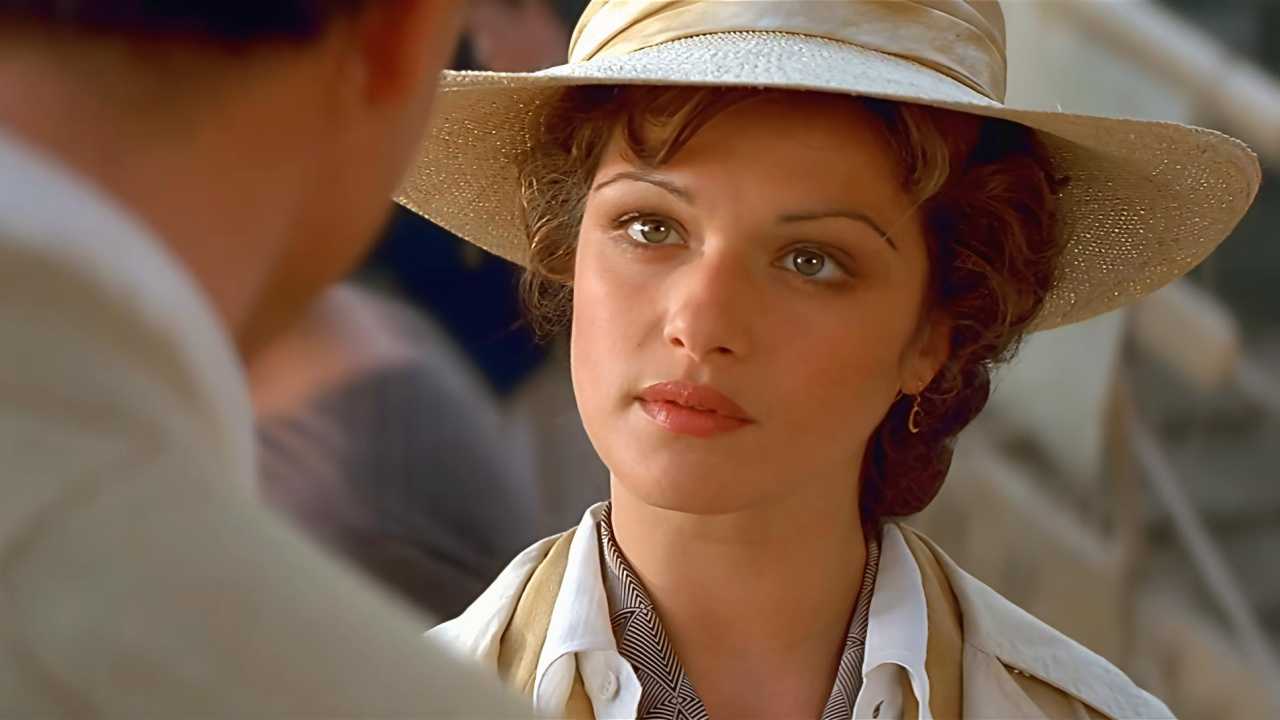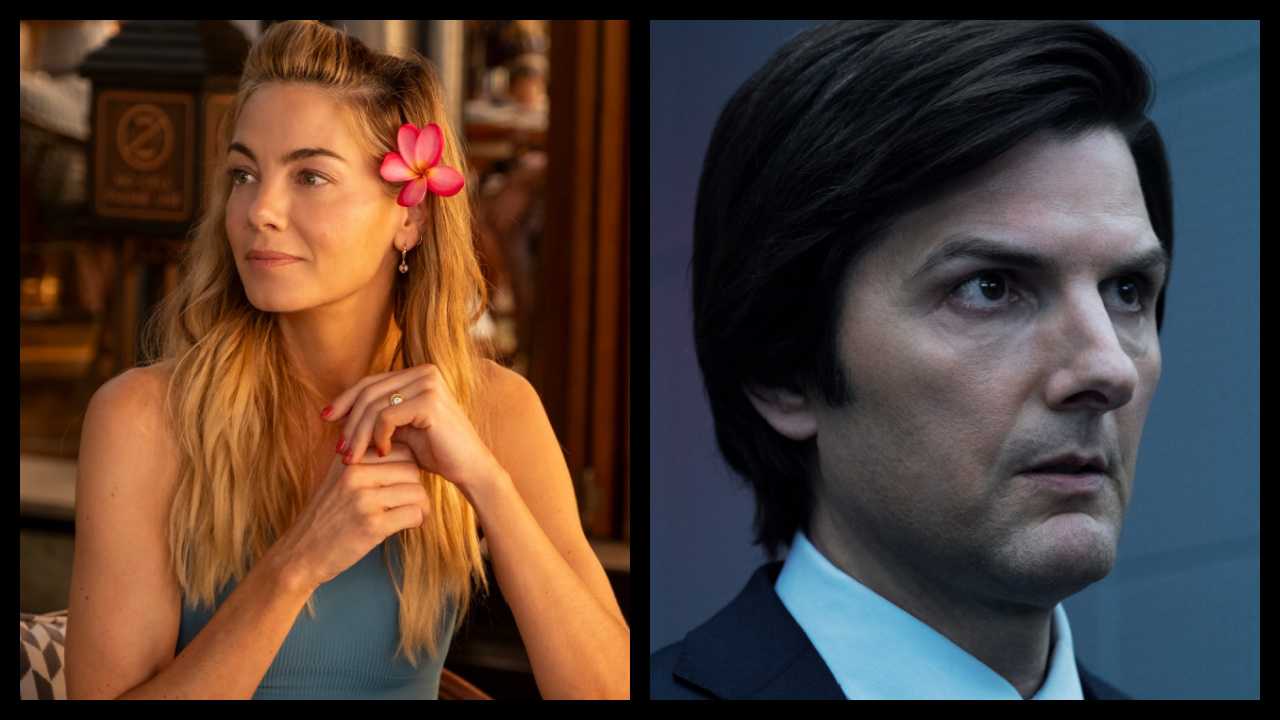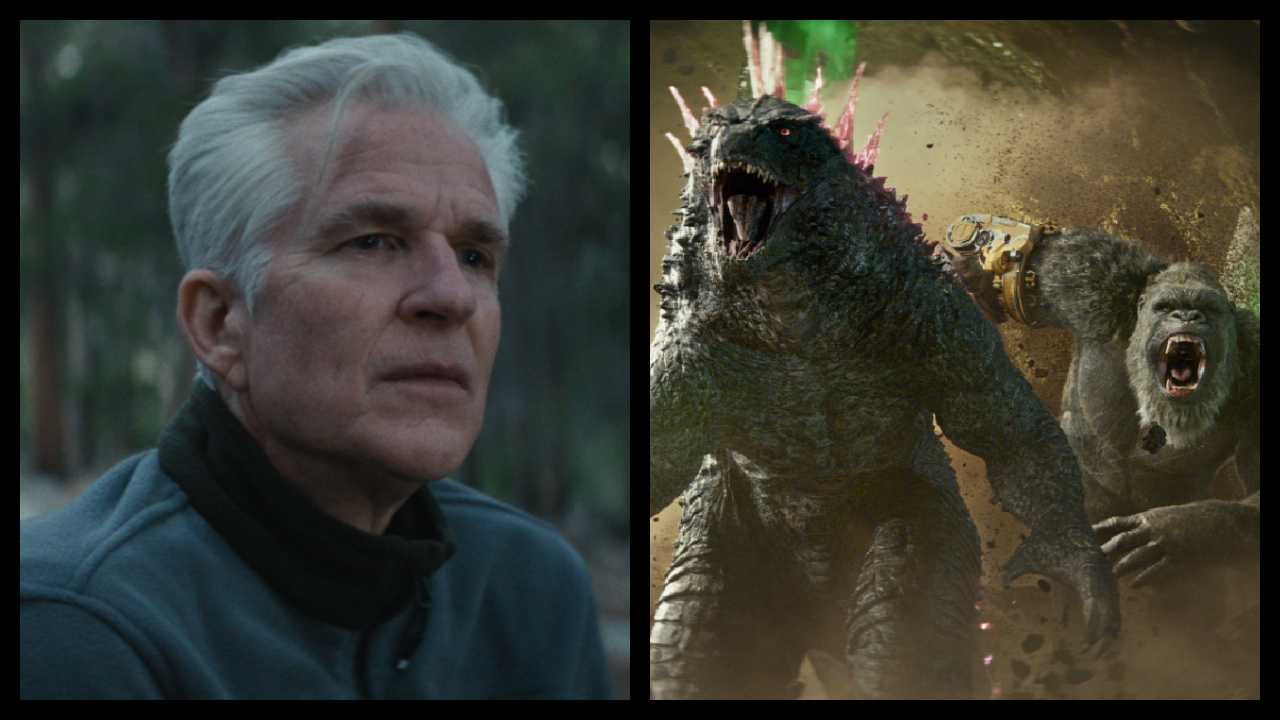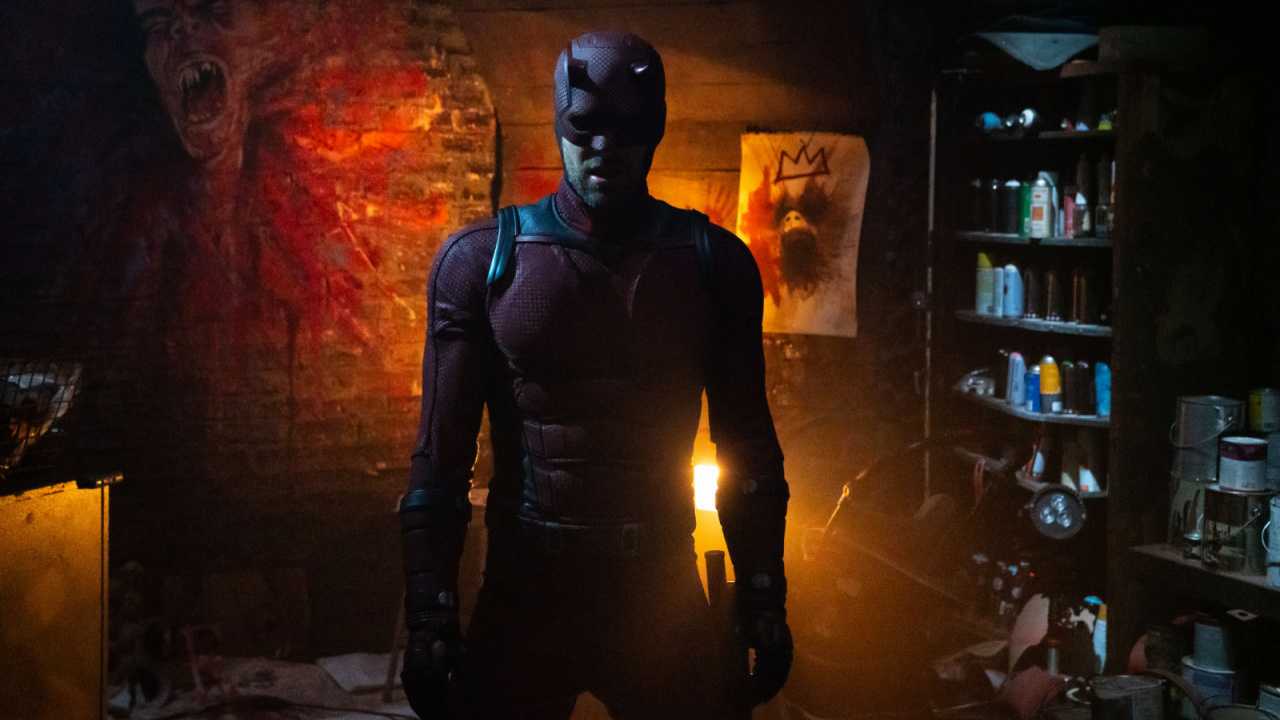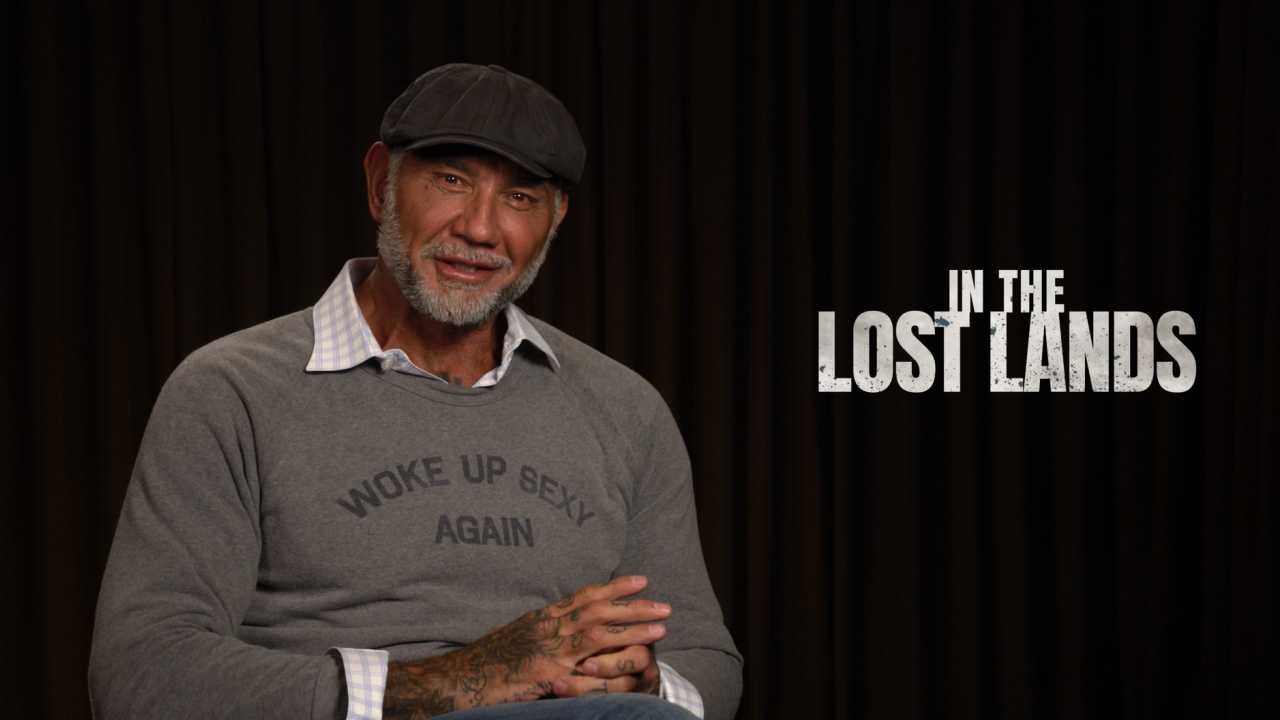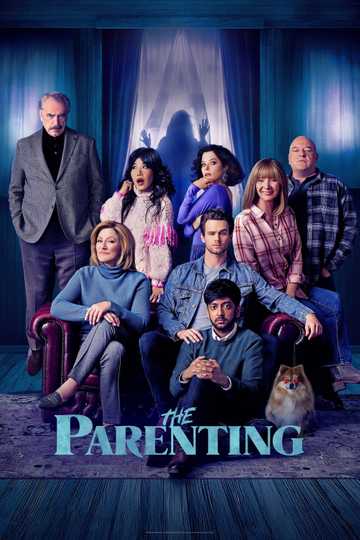10 Ways YouTube Has Changed the Way We Watch TV
It's hard to believe that YouTube is just 10 years old. It seems like it's been around forever, and it's difficult to recall how we ever lived without it.
Nonetheless, it was only 10 years ago this week, on April 23, 2005, that YouTube posted its first user-uploaded video. (It was a 19-second clip called "Me at the Zoo," uploaded by site co-creator Jawed Karim, showing him commenting on his own visit to the elephant exhibit at the San Diego Zoo. It's been viewed 19 million times.)
Today, YouTube seems a ubiquitous part of our lives. But whether you post your own videos or simply watch those made by others, you're adding to the growth of a platform that has forever altered the formerly passive way we used to watch television. Here are 10 ways YouTube has changed what we watch and how we watch it.
Streaming. There was streaming video before YouTube, but it was often spotty -- interrupted by buffering, low in resolution, and on a tiny window on a media player that required you to download various third-party extensions to your browser. YouTube had the good fortune, however, to come along just as broadband was taking off. At last, you really could use your computer as a TV screen. (And soon, your phone and your tablet.) More than anything else, it was YouTube that paved the way for television's still unfolding transition from bundled cable, where you're offered a finite selection of programs scheduled by someone else, on a package of take-'em-or-leave-'em channels, toward true a la carte digital programming, streaming over the Internet, from an infinite pool of programs, selected by you to start and stop at a time of your convenience.
Sharing. The other great innovation of YouTube was the ease with which you could embed the videos at your own site. (The clips still lived at YouTube, and the code that made them play on your page was easy to add to your blog.) Within months of YouTube's debut, "Saturday Night Live" posted its first "Digital Short," Andy Samberg and Chris Parnell's "Lazy Sunday," generally regarded as the first video to go viral. It racked up 5 million views and quickly made YouTube into an invaluable promotional tool, both for amateur videographers and for traditional network and cable shows promoting their own content. Today, the ability to create video that people will want to share the next morning is indispensable to the success of Jimmy Fallon and other late-night talk show hosts.
Instant commentary. Yeah, YouTube's comment boards seem overrun with bitter, foul-mouthed trolls. Still, they've made instant audience feedback an expected part of the viewing experience. In the world of TV, this aspect is manifest in the form of live-tweeting your favorite shows. Which in turn has restored some sense of appointment TV to a cable universe where the DVR had largely decoupled programs from any kind of schedule. After all, the conversation works best if we're all watching at the same time.
History.Used to be, if you wanted to watch an out-of-circulation artifact of classic TV history (say, the "Chuckles Bites the Dust" episode of "The Mary Tyler Moore Show"), you'd have to go to New York or Beverly Hills, to the archive of the Paley Center for Media. Now, anyone can watch it for free, on demand, just by typing in a quick keyword search. Pretty much the entire history of TV, from many different countries, is a couple of clicks away. Want to see a supercut of every time David Caruso donned his shades while making a mordant quip on "CSI: Miami"? Want to see Peter Gabriel dressed like a flower as Genesis performs all 24 minutes of "Supper's Ready" on some forgotten foreign music show? It's all here, the collective memory of pop culture, at your fingertips. These days, cable channels are making reruns of once-obscure series commonplace because they have to fill the endless programming hole, but YouTube has already primed us for a world where no show ever truly goes off the air forever.
Attention span.People used to blame MTV and its quick-cut aesthetic for destroying our attention spans, even though we used to watch music videos for hours. (Yes, kids, the "M" in MTV once stood for "Music," and they used to play nothing but song clips all day long.) But now, we can blame YouTube for the fact that we can't sit still for anything longer than a 2 1/2-minute movie trailer parody. (Part of that is that 150 seconds is about all we have time for while we're procrastinating at work; indeed, YouTube has made it acceptable to watch a few moments of TV at work, even if you're not a bartender at a sports bar.) For much of YouTube's history, that limit to our patience seemed to be getting even shorter, especially as similar social media services like Vine threatened to cut it all the way down to six seconds. Fortunately,,John Oliver has come along and started to reverse the trend with his deep-dive comedy news segments from "Last Week Tonight." So the upper limit is now about 16 minutes. Not exactly "Gone With the Wind" yet, but baby steps.
Talent scouting.Today, anyone with a smartphone and an Internet connection has the power once reserved to network television: to broadcast one's own video content worldwide. As a result, YouTube has created a number of stars, and not just professional musicians like Psy and Justin Bieber, but regular people whose clips went viral or, even better, generated regular subscribers. Grace Helbig, who started posting her comedy stylings while she was a bored housesitter, parlayed her YouTube fame into a gig hosting a late-night talk show on E!But it's not just stardom based on the kind of performing talent that creates conventional viewing entertainment. PewDiePie, that YouTube channel featuring a guy who makes funny noises while playing video games, has 37 million subscribers, numbers most TV broadcast and cable networks would kill for.
Idea incubation.As PewDiePie proved, anything that attracts eyeballs is fair game. Cooking demonstrations, personal rants, sneezing pandas. Of course, a lot of more conventional programming, albeit with an edge, led to TV deals for some online video stars. Comedy Central's "Broad City" started as a web series. The mini-documentaries created by VICE led to HBO enlisting VICE to create a daily news program. Dan Harmon parlayed Channel 101, his platform for experimental TV series pilots, into NBC's "Community."
Overabundance.YouTube reportedly has a billion users, and they upload 300 hours of video every minute. It's mathematically impossible to see everything. In fact, it's impossible just to see everything good. This is the 500-cable-channel problem writ large; in a way, YouTube prepared us for the glut of quality TV we currently face. It hasn't come up with a solution, but at least we have a metaphor now, a way to think about it.
Side outlet.The low barrier for entry doesn't just apply to the anonymous masses. If you're Russell Brand or Jerry Seinfeld, you can also launch your own Web series for cheap, without having to run it past a gantlet of executives or come up with megabucks in financing. To the extent that smart TVs with built-in WiFI and pre-installed YouTube are becoming more prevalent, these celebrities are finding yet another way to get on TV, with minimal cost and effort.
Cats.Aside from Animal Planet, you'd think there'd be loads of cat content on cable now, since a billion YouTube users have indicated that that's what they like to watch. Hasn't happened yet (though Grumpy Cat did get its own Christmas movie on Lifetime last winter). But give it time.

